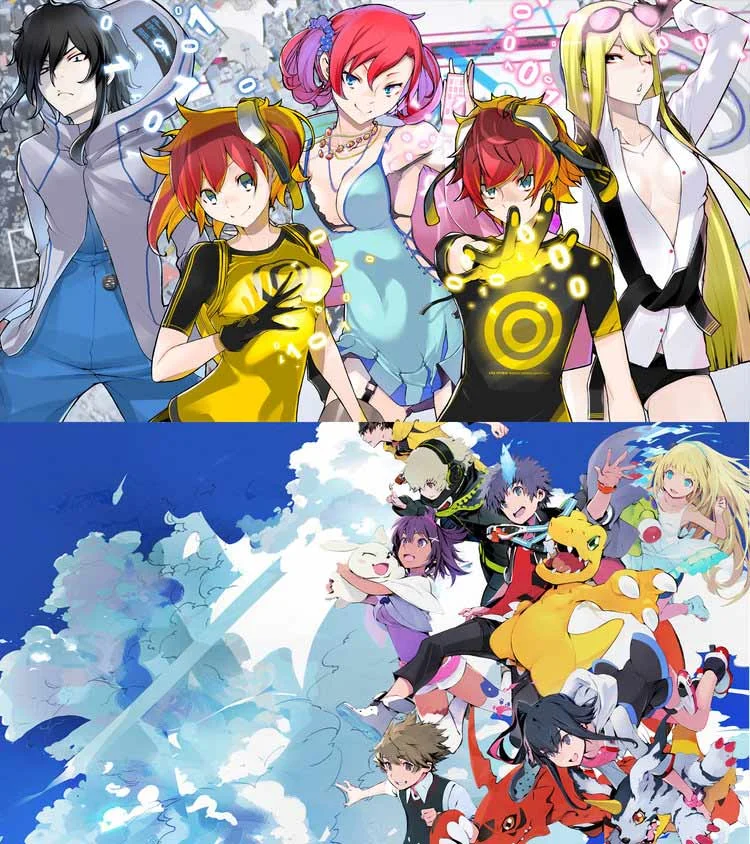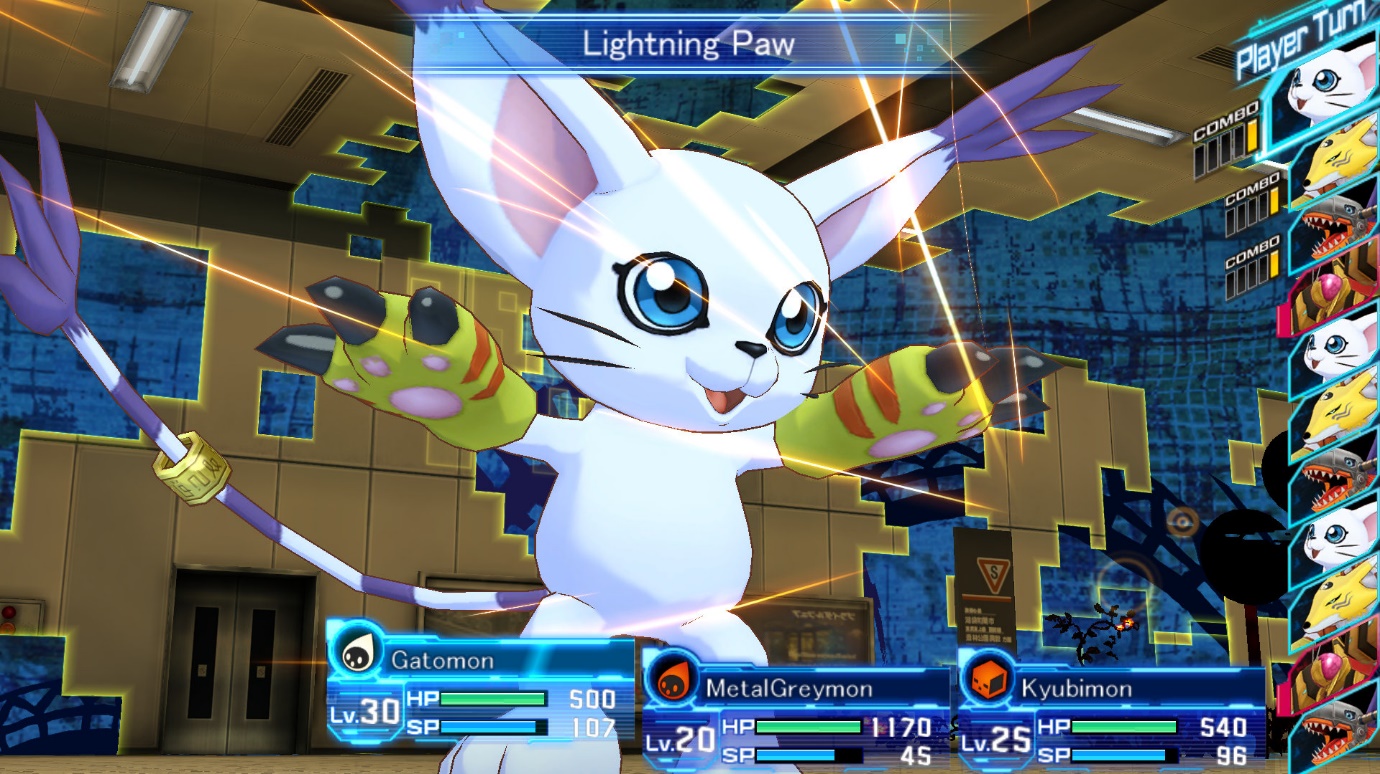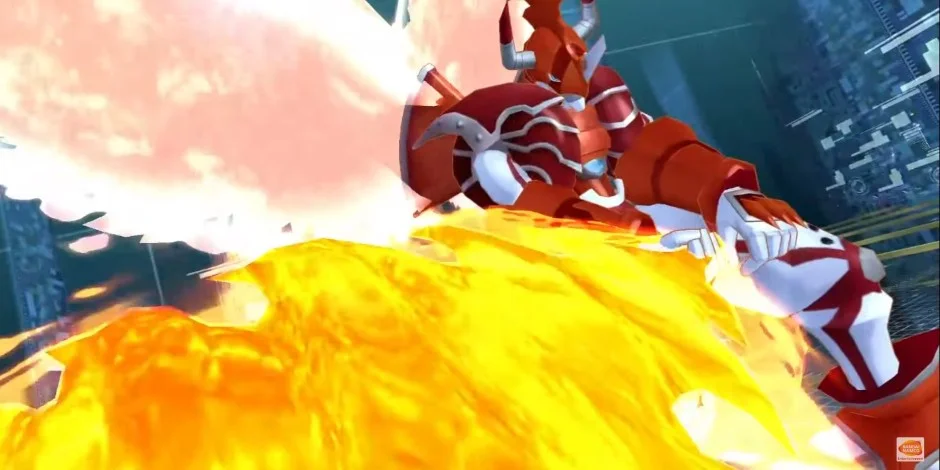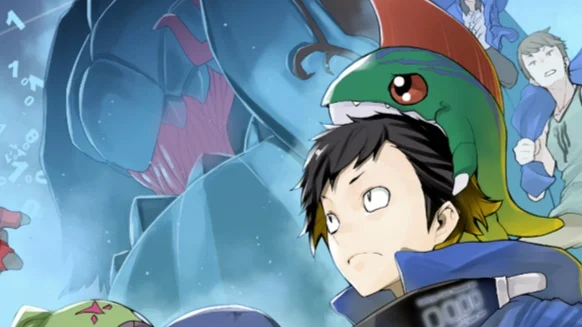Digimon has always been in a bit of a precarious position, often written off as a clone of Pokémon. This is despite being different down to the apparent similarity in having monsters that change form, with Pokémon having a linear progression compared to Digimon’s more ‘networked’ approach.
Pictured: Insanity, if insanity is doing something again and expecting a different result
For those of us who took the time to enjoy Digimon for the tech indulging splendour that it truly was, the franchise’s video games have been consistently good and entertaining. Recently it appears that Namco Bandai have taken an interesting approach to this franchise in their marketing and target audience, by this I mean they are trying to appeal to everyone and to some extent it’s working.
Gaming has two major target audiences, the adult crowd, with there own disposable income, and the younger crowd who have limited access to their parent’s disposable income. The difference between these two parties is that adults generally require more convincing to spend their hard-earned dollars, while children will attempt to purchase most anything that looks interesting to them.
In response to this, Namco Bandai has created two wholly different games, with different gameplay, story, characters and tone when compared to one another: Digimon Story: Cyber Sleuth and Digimon World: Next Order. Cyber Sleuth plays like a traditional turn-based game, with the player controlling a team of 3 active and up to 8 reserve Digimon. This game is marketed towards adults with its serious tone, pop culture references and vaguely sexual art style. Even the gameplay in Cyber Sleuth can get complicated at times, and during my playthrough there were parts where I had to concede defeat and rework my team from scratch because members of my team that I thought were amazing turned out to be hot garbage further down the line. This sounds like a chore, but when done properly, rebuilding a team of 3 from scratch would only take an hour or so and because of the games auto-battle system I would often set it to work while doing something else. As I write this, my WarGreymon, Imperialdramon Dragon Mode, MegaGargomon and HerculesKabuterimon battle their way to bigger stats and better abilities.
For anyone confused anything I mentioned in the above paragraph or at the concept of ‘grinding to get better’ being enjoyable, you would be better off introducing yourself to Digimon with Next Order.
People new to the franchise, that don’t want to have a story that doesn’t explain basic concepts under the premise that ‘you already understand how this works’ will enjoy Next Order more. This is largely because of the game’s appeal to children. It plays like an old school Tamagotchi but on a PS4/PSVita. Next Order has a simple story, with decently explained mechanics that don’t need as much tactical knowledge or grinding to enjoy. If any of you have ever played a Tamagotchi you’ll understand what I mean. Half the fun of those overhyped keychains was wondering what your Tamagotchi would turn into. In Next Order most of the game is filled with this anticipation, appealing to new-comers and children alike. You become familiar with Digimon by experiencing a sense of pride and joy when you finally get the one you want and you quickly learn which ones you don’t want (Looking at you, Numemon.)
These concepts work well for Namco Bandai because they appeal to all their audiences at once: the hardcore, old-school gamers who know the deal by now and want a cool story; the casually interested gamers who are looking for a jumping off point into one of pop cultures greatest franchise, and little Bobby who got a PS4 for Christmas but doesn’t know a good game from a bad one.
What do you think? Is Digimon truly a series for everyone? Is there some impenetrable barrier stopping more people from being interested in this series? Why is the Digimon Movie still the most entertaining movie I’ve ever seen? I’ll be glad to hear your replies on the comments.






















